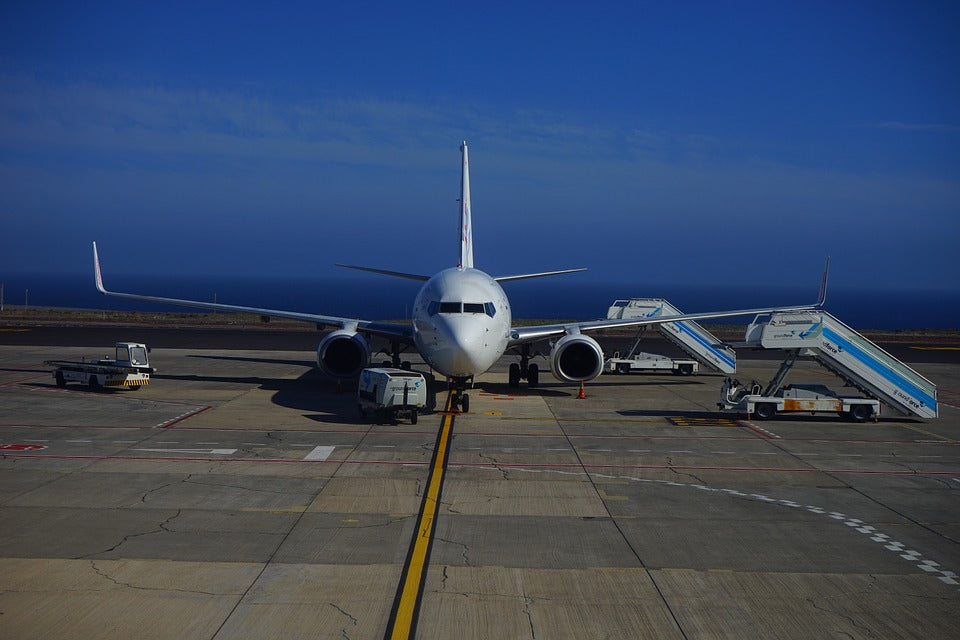Offer
Provide additional details about the offer you're running.
Provide additional details about the offer you're running.
Provide additional details about the offer you're running.

While tens of thousands of birds are killed by in-flight aircraft each and every year, the static red lighting used to alert pilots at night kill close to 7 million birds per year in the United States and Canada.
Researchers have found that the static red lights currently employed by most airports actually attract birds, usually in large numbers. Many of these birds will begin to circle the lights and become disoriented and exhausted, causing them to either collapse to the ground or perish after colliding with buildings or wires.
In light of these findings, the Federal Aviation Administration (FAA) is proposing changes to these static lights they hope will curb these bothersome statistics. Researchers note that the constant red lights are far more harmful to birds as opposed to blue lights or white flashing lights, which still have the ability to properly alert pilots in flight.
“The results showed that the new configurations that featured flashing lights provided acceptable warnings for pilots and would likely result in a significant decrease in bird fatalities,” a statement from the FAA said.
After conducting a trial in the state of Michigan, the administration found a significant decrease ni bird fatalities after employing the use of flashing lights.
“This looks like a very good step forward and I’m glad to see the FAA is responding to the research,” said Steve Holmer, senior policy adviser at the American Bird Conservancy. “There are lots of mortality events involving lighting on towers, it’s an issue when there are large flocks. Hopefully they won’t be attracted to them as much now.”
Based on these findings, the FAA updated its Advisory Circular for obstruction marking and lighting in December 2015. The new regulations state that any new tower lighting schemes are to follow the revised guidance and those facilities utilizing old lighting systems should prepare to submit plans explaining how and when they will conform with the new standards.
High Quality Blend